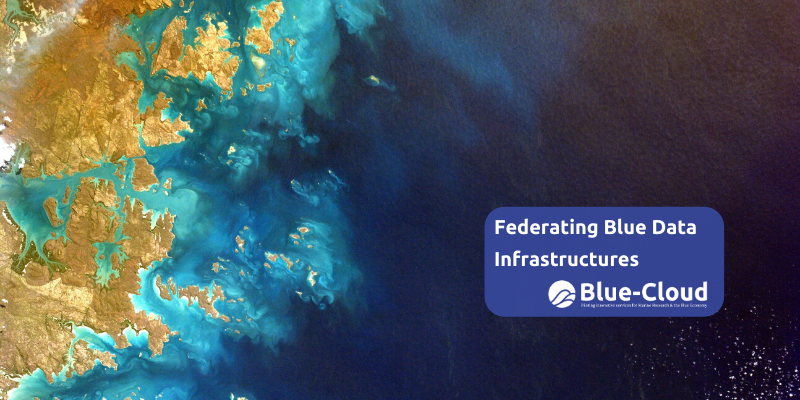In the European landscape of marine and ocean data, great progress has been made over the last three decades by developing standards, services, and establishing dedicated infrastructures for storing, validating, and distributing marine data.
These "blue" infrastructures have been developed and implemented through the years thanks to the long-standing cooperation between some of the major scientific institutions across Europe and beyond, also supported by five key EU Directorate-Generals: Research and Innovation; Maritime Affairs and Fisheries; Internal Market, Industry, Entrepreneurship and SMEs; Environment; Communications Networks, Content and Technology. These efforts were aimed at developing a European capacity for managing and adding value to marine in-situ and remote sensing data, while federating and interacting with national activities for developing data centers and data management systems, as well as interacting with international initiatives.
The Horizon 2020 project Blue-Cloud is working towards the establishment of a marine-thematic EOSC serving the Blue Economy, Marine Environment and Marine Knowledge agendas. The technical architecture of the pilot Blue-Cloud consists of two main components which will interact with each other:
- the data discovery and access service component, to serve federated discovery and access to blue data infrastructures.
- the Virtual Research Environment (VRE) component to provide a Blue Cloud VRE as a federation of computing platforms and analytical services.
The ten data infrastructures in Blue-Cloud
In its first stage, the pilot Blue-Cloud aims at federating the ten leading European blue data infrastructures. The required data input for the Blue-Cloud VRE will be arranged by interaction with the Blue-Cloud discovery and access component as well as by users ingesting data sets from other sources, including their own data. The data input can be in-situ data, earth observation data, and model outputs. This will be developed as an overarching service to facilitate the smart sharing of multi-disciplinary datasets with human and machine users.
Therefore, the Blue-Cloud framework will ensure that users are able to access in a seamless way the data, the tools, and the services currently provided by the different infrastructures via a single trusted virtual environment, fully compliant with the FAIR data principles of Findability, Accessibility, Interoperability, and Reusability.
The ten data infrastructures are mostly complementary to each other, and serve as the pillars of the initial Blue-Cloud framework:
- EcoTaxa (taxonomic annotation of images on planktonic biodiversity)
- ELIXIR-ENA (biogenomics)
- EMODnet Bathymetry (bathymetry)
- EMODnet Chemistry (chemistry)
- Euro-Argo and Argo GDAC (ocean physics and marine biogeochemistry)
- EuroBioImaging (microscopy)
- EurOBIS – EMODnet Biology (marine biodiversity)
- ICOS-Marine (carbon)
- SeaDataNet (marine environment)
- WekEO (CMEMS ocean analysis and forecasting and C3S climate analysis and forecasting)
